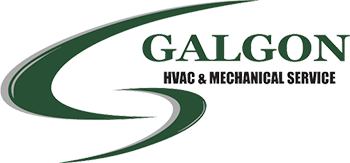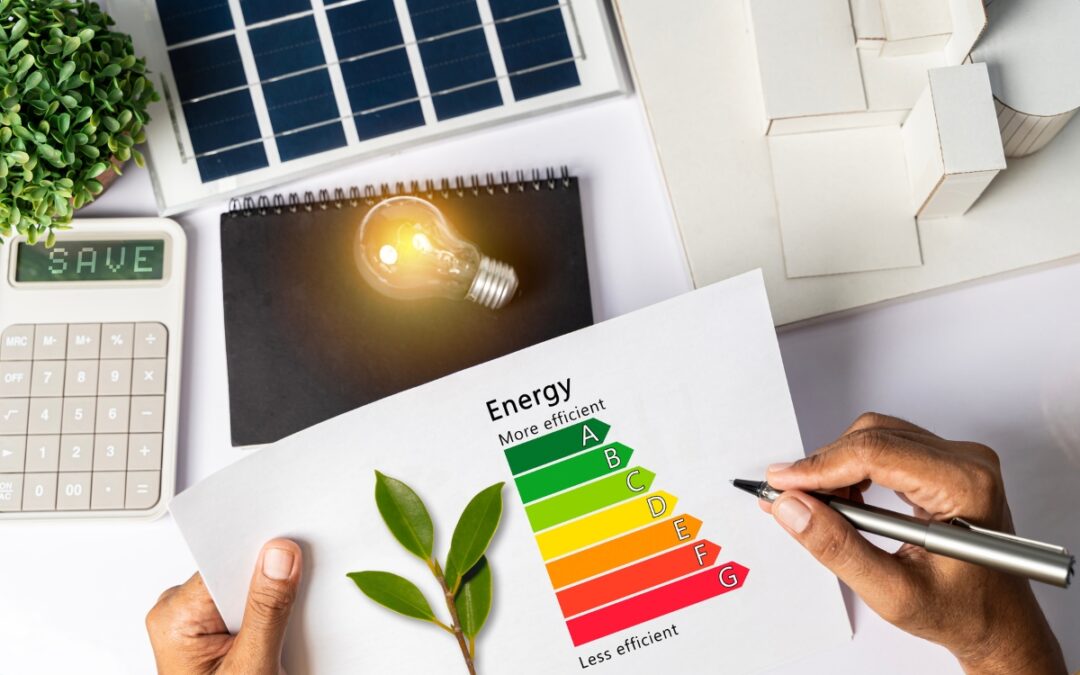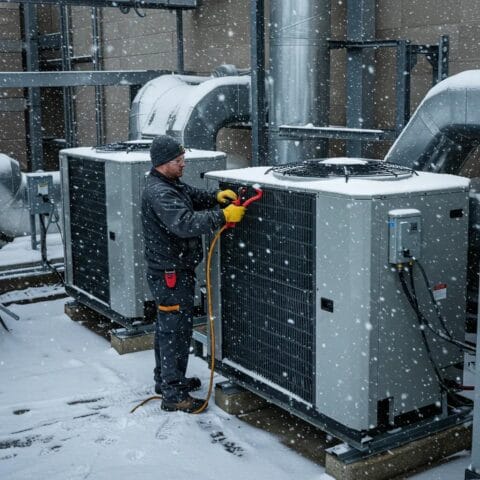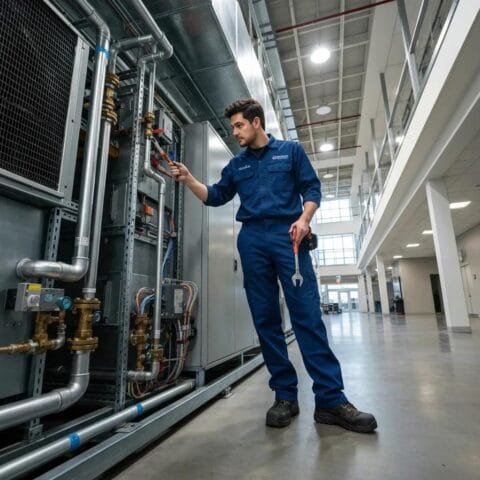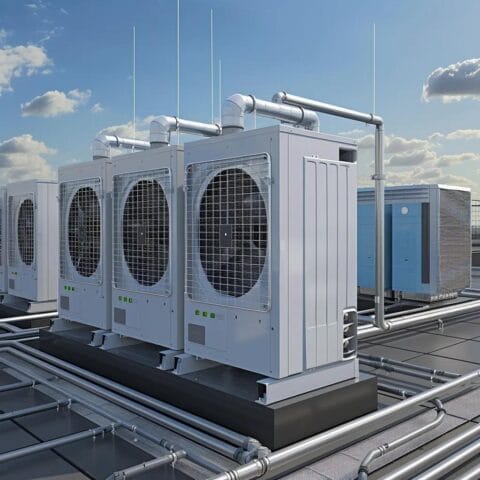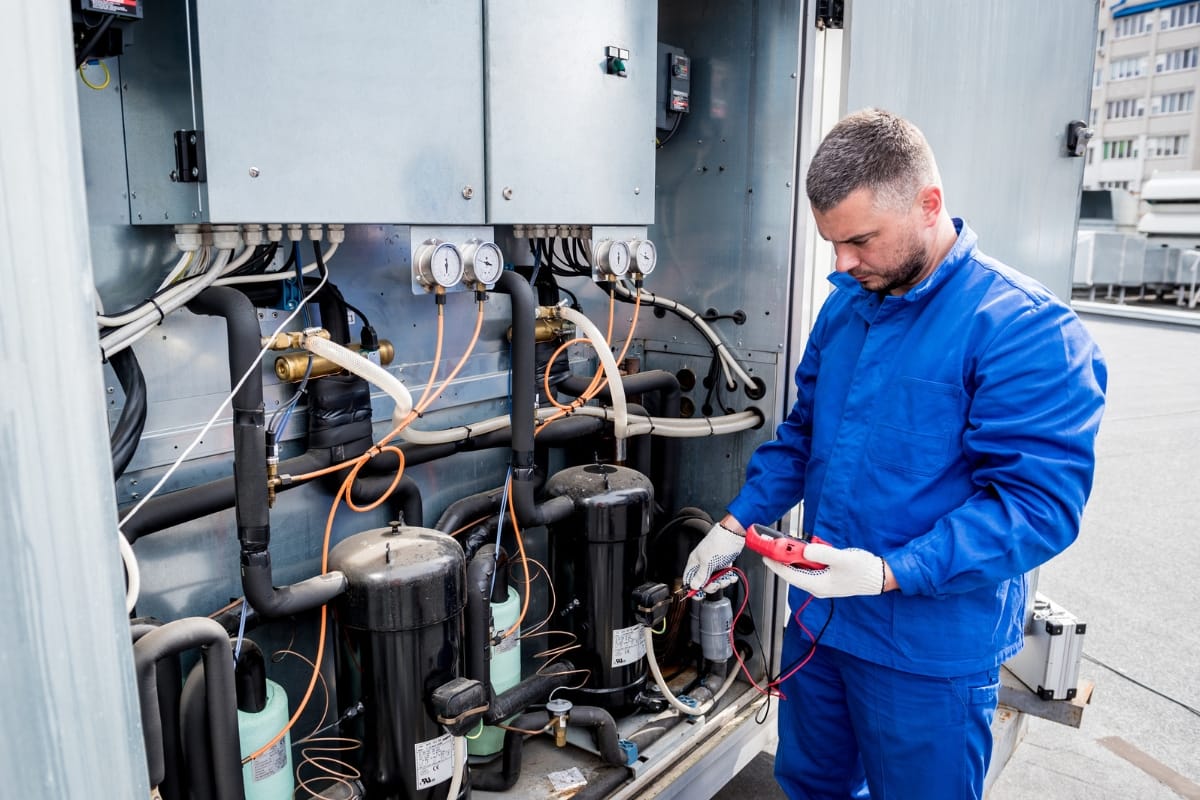In today’s business landscape, optimizing commercial energy management is more critical than ever. Efficient energy management not only reduces operational costs but also enhances sustainability and complies with increasingly stringent environmental regulations.
By implementing advanced technologies and best practices, businesses can significantly maximize energy efficiency, avoid energy wasteful facilities, and create a more comfortable environment for occupants.
In this guide, we’ll explore effective strategies for optimizing commercial energy management systems, from leveraging smart building systems and automated controls to conducting energy audits and adopting renewable energy sources.
Whether you manage a small office or a large commercial complex, get ready to discover how an effective energy management system can transform your building’s performance and contribute to a more sustainable future.
Power Your Savings: How an Effective Commercial Energy Management System Can Cut Costs
Understanding the Commercial Building Energy Consumption Landscape
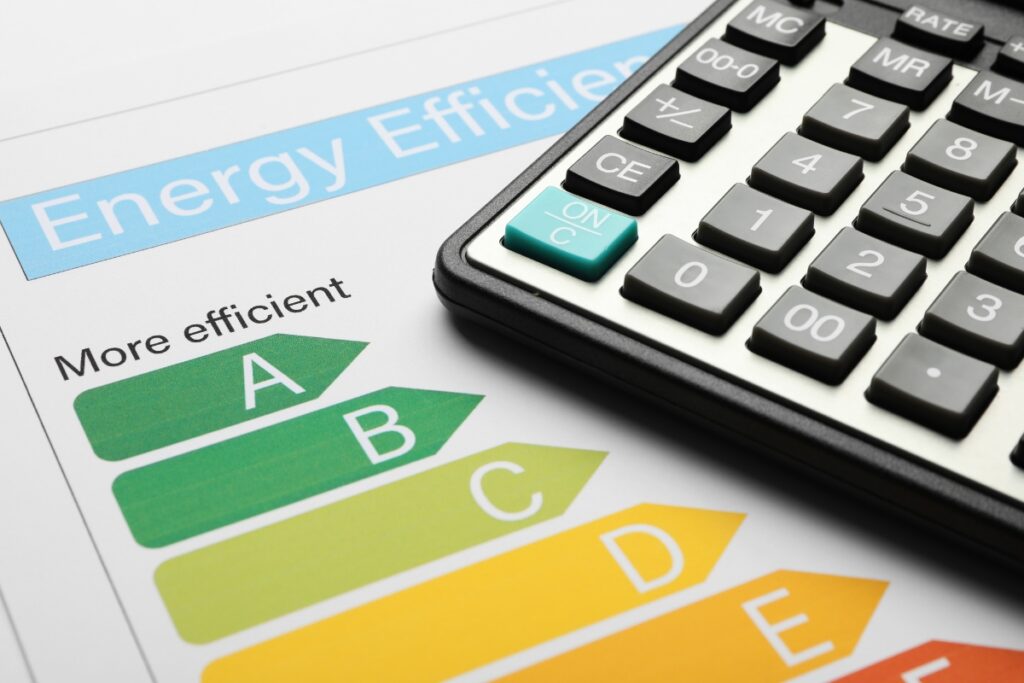
Before delving into the strategies and tools for optimizing building energy management, it’s essential to understand the energy consumption landscape. Commercial buildings are notorious for their high energy usage due to factors such as extended operating hours, large spaces, and diverse energy systems.
One of the key contributors to energy consumption in commercial buildings is the HVAC (Heating, Ventilation, and Air Conditioning) system. HVAC systems are responsible for maintaining comfortable indoor temperatures and air quality.
However, they can also be a significant source of energy waste if not properly managed. By implementing efficient HVAC practices such as regular maintenance, proper insulation, and smart controls, businesses can significantly reduce their energy consumption.
In addition to HVAC systems, lighting also plays a crucial role in overall energy usage. Traditional lighting solutions like incandescent bulbs consume a significant amount of electricity and generate excess heat. By transitioning to energy-efficient lighting solutions such as LED bulbs or CFLs (Compact Fluorescent Lamps), businesses can achieve substantial savings while also benefiting from longer-lasting bulbs.
Importance of HVAC Systems in Building Management Systems

The HVAC system is one of the most critical components when it comes to managing energy consumption in buildings. It not only affects comfort levels but also has a direct impact on operational costs.
An optimized HVAC system ensures that heating or cooling is delivered efficiently throughout the building without wasting excess energy. Regular maintenance checks should be conducted to ensure that all components are functioning optimally. This includes cleaning or replacing air filters regularly, checking for leaks or ductwork issues, and calibrating thermostats for accurate temperature control.
In addition to regular maintenance, implementing smart controls can further enhance the efficiency of HVAC systems. Smart thermostats allow for precise temperature control based on occupancy and time schedules, ensuring that energy is not wasted in unoccupied areas. By integrating HVAC systems with building automation systems, businesses can achieve even greater energy savings by coordinating the operation of HVAC systems with other building functions.
Leveraging Energy-Efficient Lighting Solutions to Improve Energy Efficiency

Lighting is another significant contributor to energy consumption in buildings. Traditional incandescent bulbs are highly inefficient, converting a significant portion of electricity into heat rather than light. By transitioning to energy-efficient lighting solutions such as LED bulbs or CFLs, businesses can achieve substantial energy savings.
LED bulbs are particularly popular due to their long lifespan and low energy consumption. They consume up to 80% less energy than traditional incandescent bulbs while providing the same level of brightness. Additionally, LED bulbs have a longer lifespan, reducing maintenance costs associated with frequent bulb replacements.
Another way to optimize lighting efficiency is through the use of natural light. Maximizing daylight penetration through windows and skylights can reduce the need for artificial lighting during daylight hours. Installing light sensors or automated controls that adjust lighting levels based on natural light availability can further enhance energy savings.
Smart Sensors and Automation for Enhanced Building Energy Management
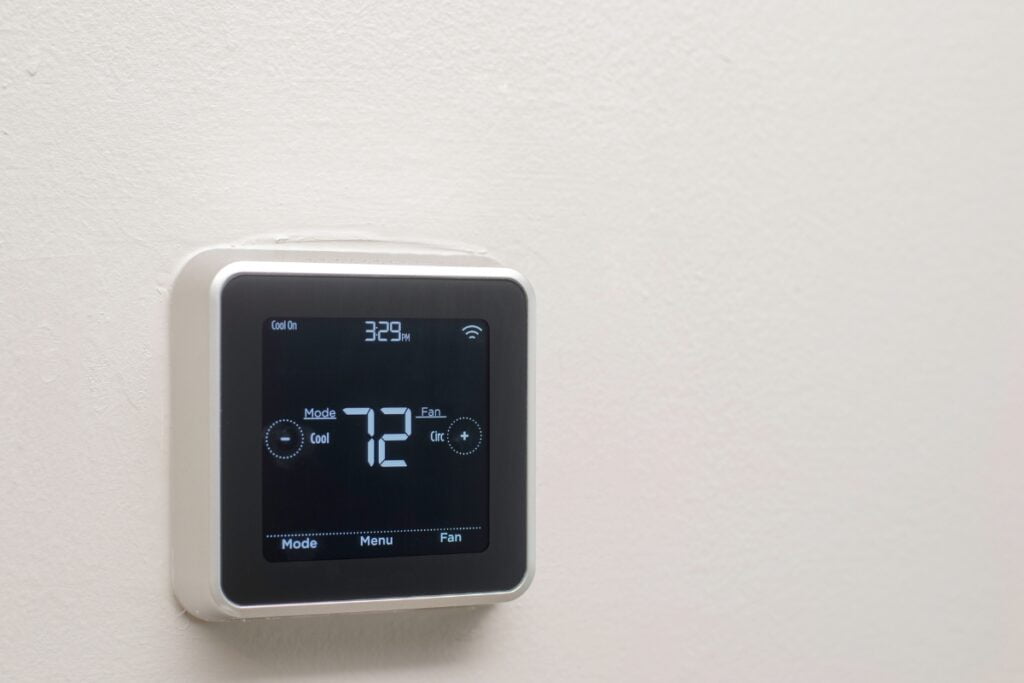
The advent of smart sensors and automation technology has revolutionized commercial energy management. These innovative solutions enable real-time monitoring and control of various building systems, allowing for precise optimization of energy usage.
Smart sensors can be deployed throughout a building to collect data on occupancy levels, temperature, humidity, and other environmental factors. This data can then be analyzed to identify patterns and trends in energy consumption, enabling businesses to make informed decisions regarding system optimization.
Automation technology allows for seamless integration between different building systems such as HVAC, lighting, and security. By coordinating the operation of these systems based on occupancy or time schedules, businesses can eliminate energy waste caused by unnecessary operation or overlapping functions.
Energy Management Strategy Tips for Optimizing Electrical Equipment Efficiency

In addition to HVAC and lighting systems, electrical equipment also contributes to energy consumption in commercial buildings. Computers, printers, servers, and other office equipment can consume a significant amount of electricity if not properly managed.
One strategy for optimizing electrical equipment efficiency is to implement power management settings. Computers and other devices should be set to enter sleep mode or shut down when not in use for extended periods. This simple measure can result in substantial energy savings without compromising productivity.
Another approach is to invest in energy-efficient equipment. When purchasing new office equipment, businesses should look for ENERGY STAR certified products that meet strict energy efficiency standards. These products are designed to consume less energy during operation without sacrificing performance.
Implementing Energy-Efficient Building Designs
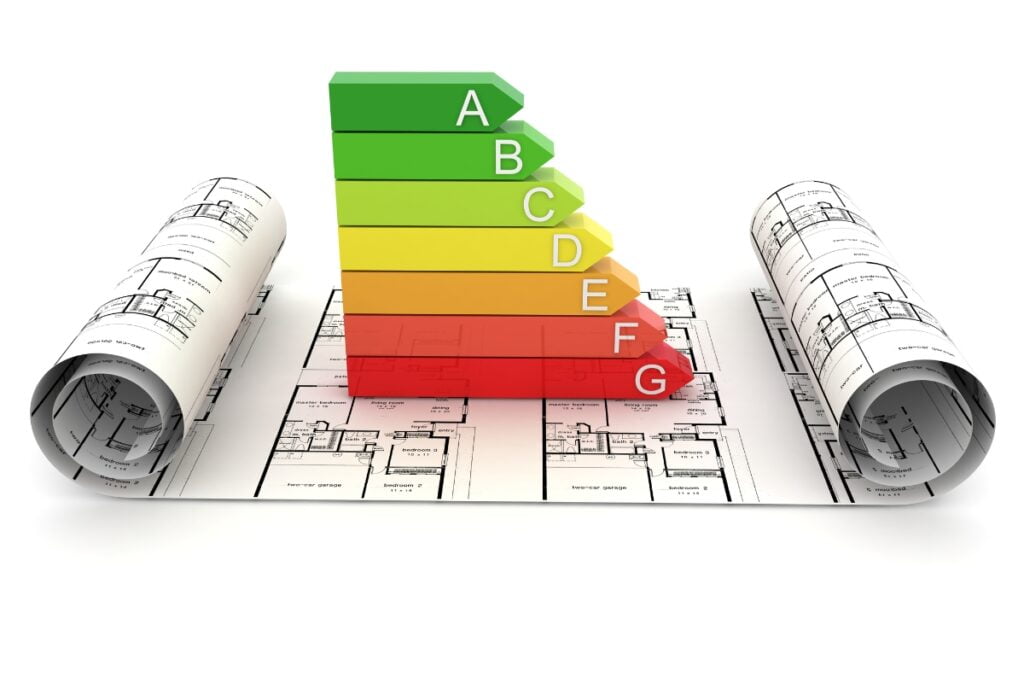
The design of a commercial building plays a crucial role in its overall energy efficiency. By incorporating energy-efficient design principles from the outset, businesses can significantly reduce their long-term energy consumption.
One key aspect of energy-efficient building design is proper insulation. Well-insulated buildings retain heat during colder months and prevent excessive heat gain during warmer months, reducing the reliance on heating and cooling systems.
Another consideration is the use of high-performance windows that minimize heat transfer while maximizing natural light penetration. Windows with low-emissivity coatings or double-glazing help maintain comfortable indoor temperatures while reducing the need for artificial lighting.
Incorporating renewable energy sources such as solar panels or wind turbines into building design can further improve energy efficiency. These clean sources of power can offset a significant portion of a building’s electricity consumption, leading to substantial cost savings over time.
Conducting Energy Audits for Data-Driven Decision Making
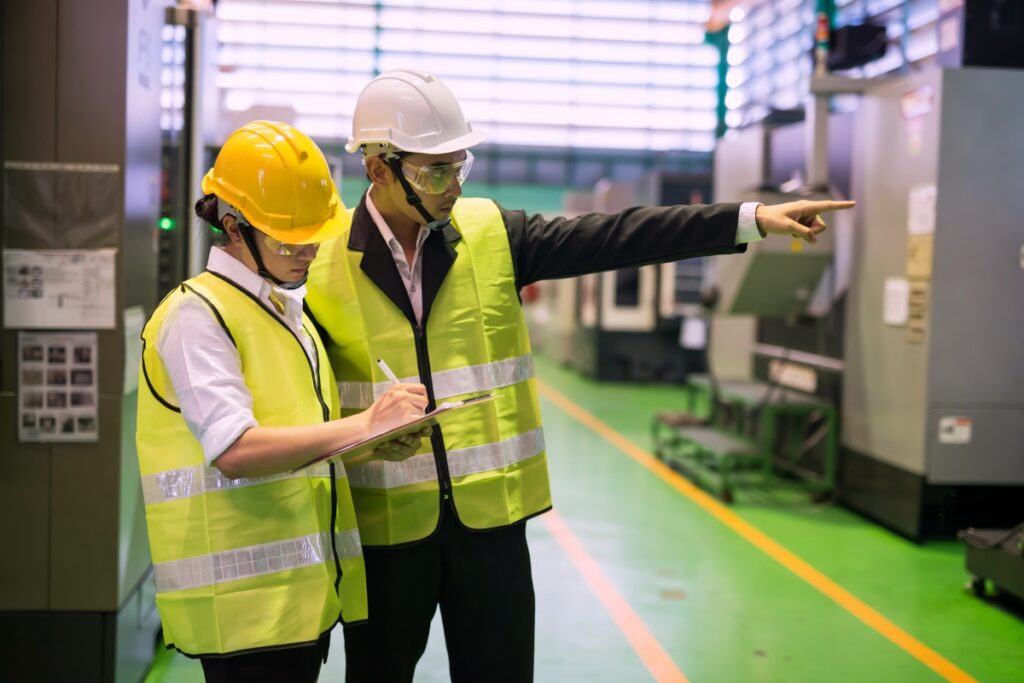
Energy audits are an essential tool for identifying energy-saving opportunities in commercial buildings. By conducting a comprehensive energy audit, businesses can gain valuable insights into their energy consumption patterns and identify areas for improvement.
An energy audit typically involves a detailed analysis of a building’s energy systems, including HVAC, lighting, and electrical equipment. Data loggers and smart meters may be used to collect real-time data on energy usage. This data is then analyzed to identify inefficiencies or areas where energy-saving measures can be implemented.
Based on the findings of an energy audit, businesses can prioritize and implement targeted energy-saving measures. These may include upgrading outdated equipment, optimizing system controls, or implementing behavior change initiatives to promote energy-conscious habits among building occupants.
The Role of Renewable Energy Sources in Commercial Buildings

Renewable energy sources have gained significant traction in recent years as businesses seek to reduce their carbon footprint and reliance on fossil fuels. Commercial buildings can benefit from integrating renewable energy sources into their overall energy management.
Solar power is one of the most popular renewable energy options for commercial buildings. Installing solar panels on rooftops or in open spaces allows businesses to generate clean electricity directly from the sun. This reduces reliance on grid-supplied electricity and can result in substantial cost savings over time.
Another feasible choice for buildings situated in regions with steady wind flow is wind turbines. Installing small-scale wind turbines on the premises can help produce electricity that can counterbalance a fraction of the building’s energy consumption.
Monitoring and Tracking Energy Performance Metrics
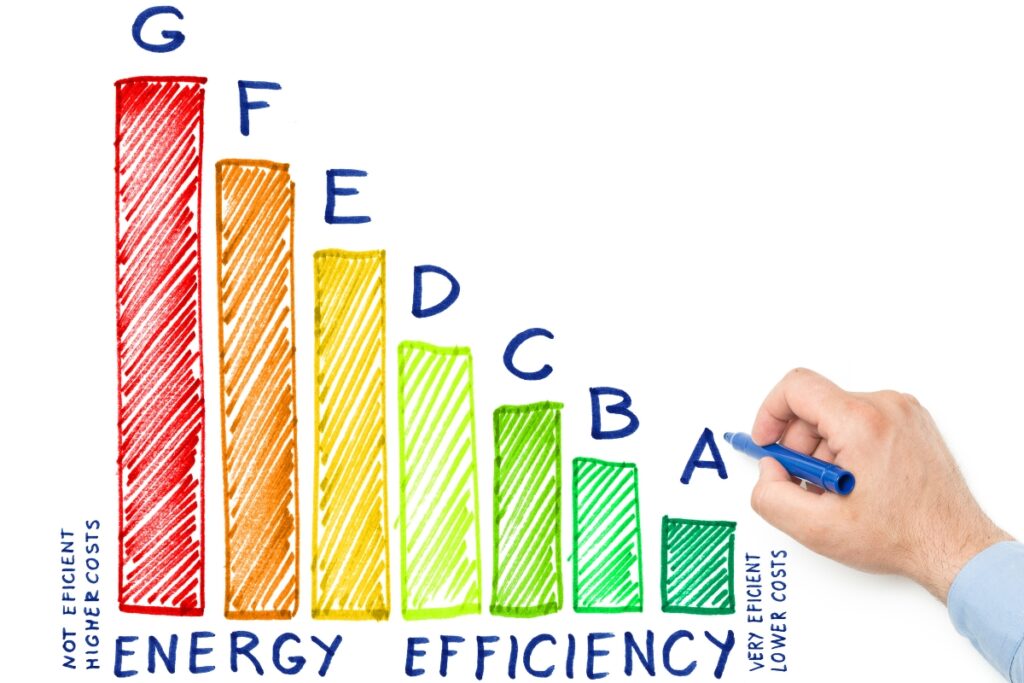
To ensure ongoing success in optimizing energy management, it is crucial to monitor and track key performance metrics regularly. By establishing baseline measurements and setting targets for improvement, businesses can stay accountable and make informed decisions regarding future strategies.
Key performance metrics for commercial energy management may include energy consumption per square foot, energy cost per unit of production, or greenhouse gas emissions. By regularly tracking these metrics and comparing them against established targets, businesses can identify areas of concern and take corrective actions as needed.
Advanced energy management software and building automation systems can streamline the monitoring and tracking process by providing real-time data on energy usage. These tools enable businesses to identify anomalies or deviations from expected performance quickly and take immediate action.
Conclusion: Embracing Sustainable Energy Management Systems and Practices
Optimizing commercial energy management is not only an opportunity for significant cost savings but also a responsibility towards creating a more sustainable future. By monitoring key performance metrics and continuously striving for improvement, businesses can create a culture of sustainable energy management that benefits both their bottom line and the environment.
Optimizing commercial energy management is essential for reducing costs and enhancing sustainability. For expert solutions tailored to your specific needs, trust Galgon HVAC & Mechanical Service. Contact us today at (404) 352-1500 or visit our website to fill out the form for a Request Service/Quote. Let Galgon HVAC & Mechanical Service help you achieve your energy efficiency improvements and boost the performance of your commercial building.
